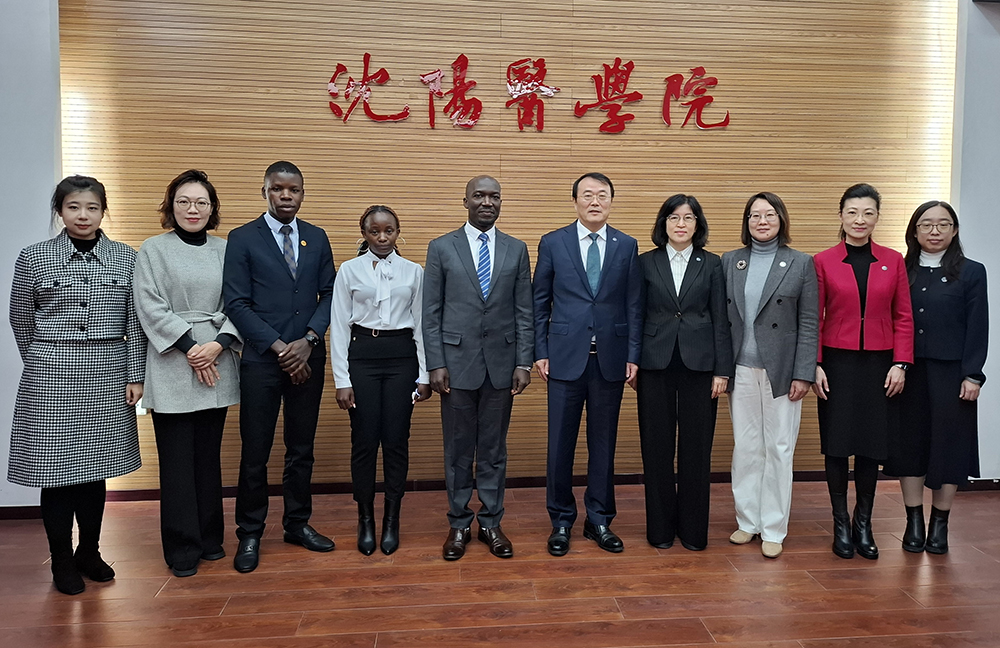Energizing East Africa: Uganda and Rwanda Partner to Advance Regional Power Generation and Distribution

Following the improvement of relations between Uganda and Rwanda, the Uganda-Rwanda high-voltage power trading project, which was earlier scheduled to begin in 2020, is once again on schedule. Upon project completion, it is anticipated that the two nations’ electricity exchange will rise from 2MW to roughly 200MW.
The Uganda-Rwanda high-voltage power trading project to connect the energy in Uganda and Rwanda is progressing thanks to improved relations between the two countries.
The project fits in with larger initiatives to improve the Eastern African Power Pool (EAPP), facilitating future linkages between different power networks in the area.
The installation of communication boosters on the Rwandan side is required before the commissioning of the electricity connectivity project between Uganda and Rwanda can begin. As there is a need to strengthen the power distribution networks, the two sides are currently awaiting the installation of suitable electrical equipment and a linkage for communication.
The attempts for energy connectivity between Uganda and Rwanda, as well as other initiatives aimed at enhancing the East African power pool, have profited from the mending of relations between the two nations.
Several countries struggle to meet a reserve margin of 15% of the power supply simply from domestic generation, while others have a surplus due to the unequal distribution, according to an EAPP projection of predicted trends from 2021 to 2030 released in 2021.
Furthermore, according to data from the Uganda electricity Regulatory Authority, Uganda had 1,346 MW of installed electricity, 800 MW of demand, and 546 MW of extra capacity as of December 2021.
Uganda, however, found it challenging to export its surplus electricity as the development of high-voltage overhead transmission lines in the neighbouring nations had stopped. Kenya, the Democratic Republic of the Congo, and South Sudan could be potential purchasers of Uganda’s exported electricity once the region’s infrastructure for transmission is ready.
Two 220 kV line bays will connect to the networks of Western Tanzania and Uganda, another two 220 kV line bays will connect to the networks of North-eastern DR Congo and Rubavu substation, and two 220 kV line bays will be put to provide connection to the networks of North-eastern DR Congo and Rusumo Falls hydropower facility.
In order to boost electricity trade, the East African Pool Power (EAPP) initiatives attempt to connect several power grids across the region. Even though many nations in the region struggle to generate the required reserve margin of 15% of their total power needs domestically, others, like Uganda, have surplus power.







